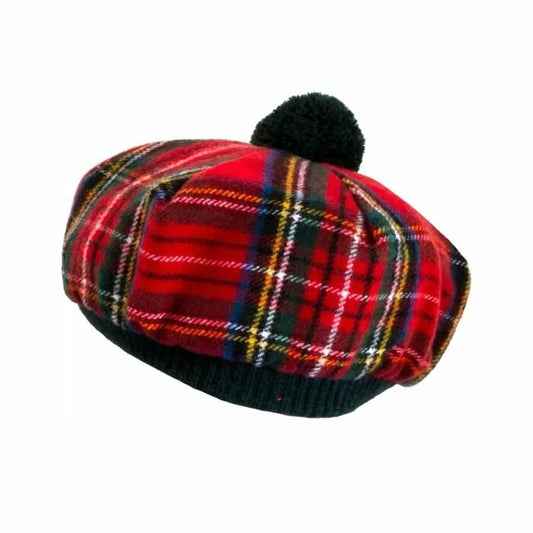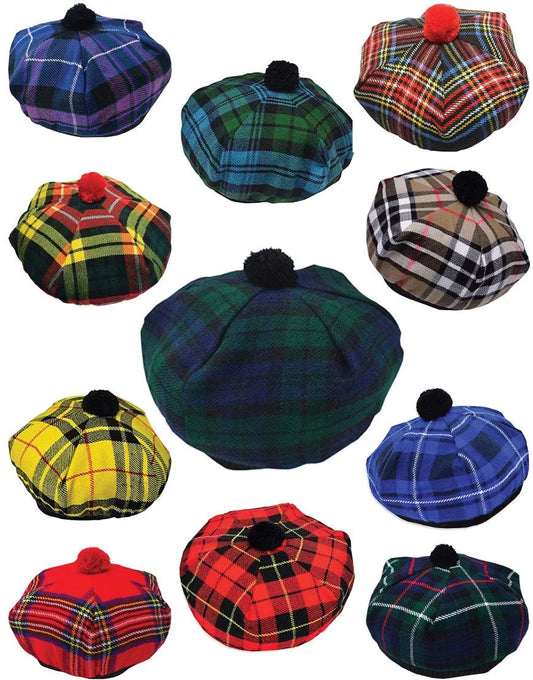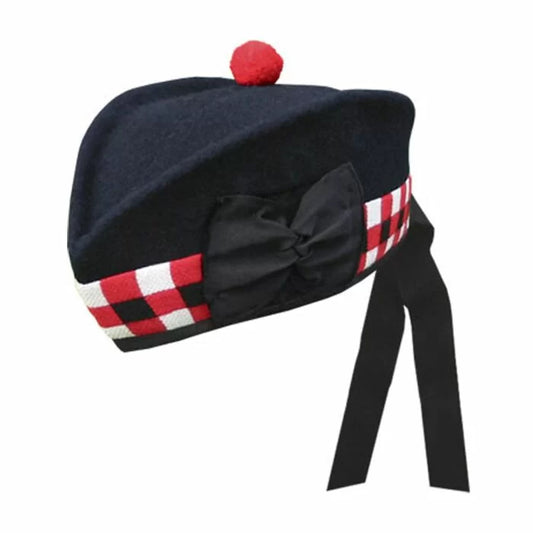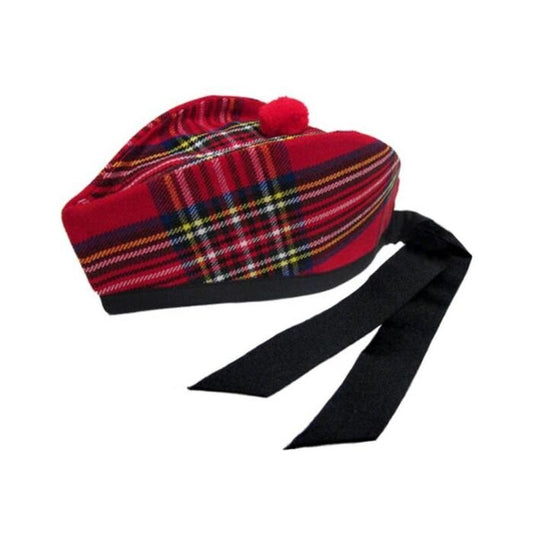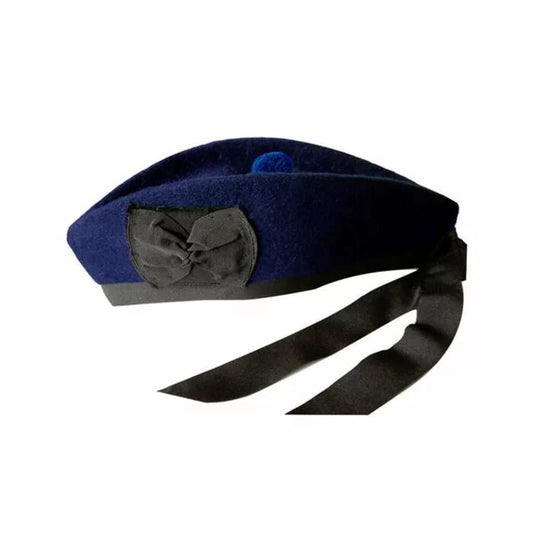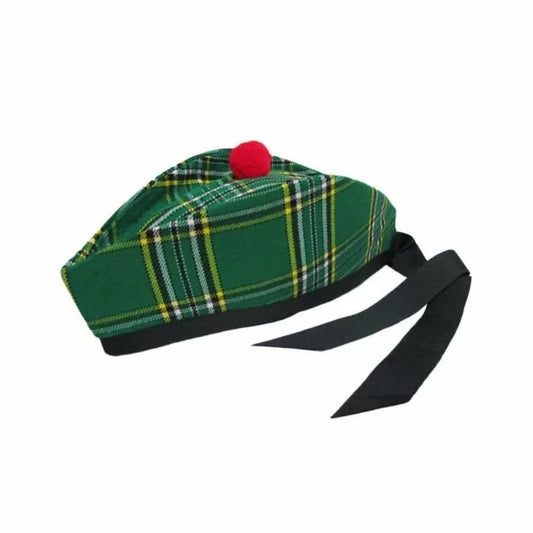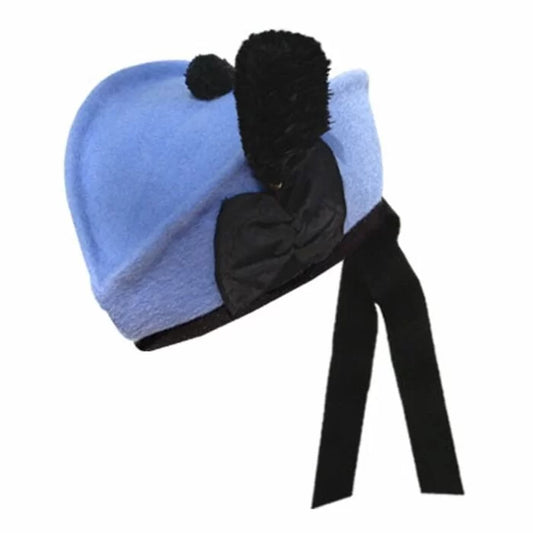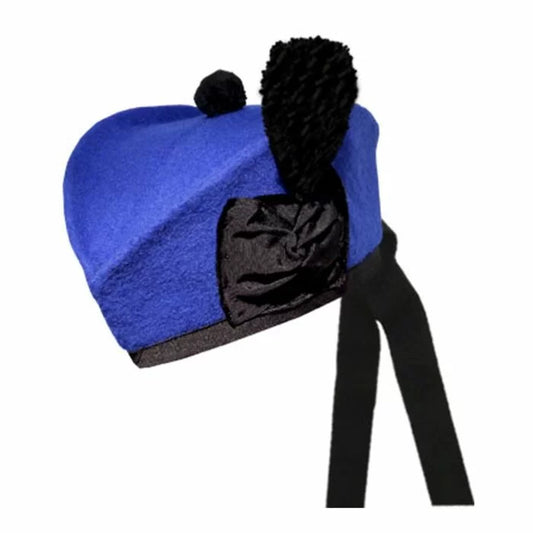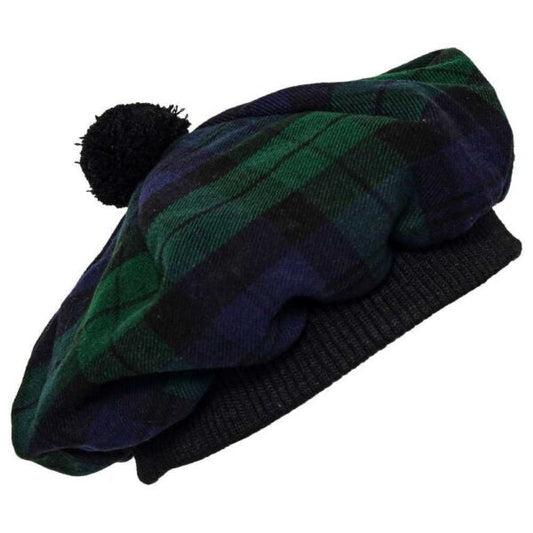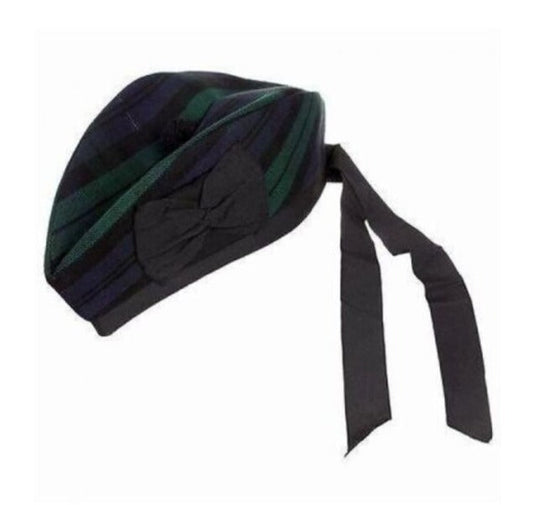-
Tam O Shanter Hat - Tam Hat
Regular price $55.00 CADRegular priceUnit price / per$110.00 CADSale price $55.00 CADSale -
Tam Hat - Tam O Shanter Hat
Regular price $55.00 CADRegular priceUnit price / per$110.00 CADSale price $55.00 CADSale -
Scottish National Glengarry Hat
Regular price $55.00 CADRegular priceUnit price / per$110.00 CADSale price $55.00 CADSale -
Scottish Glengarry Hat
Regular price $55.00 CADRegular priceUnit price / per$110.00 CADSale price $55.00 CADSale -
Royal Stewart Tartan Glengarry Hat
Regular price $55.00 CADRegular priceUnit price / per$110.00 CADSale price $55.00 CADSale -
Navy Blue Glengarry Hat
Regular price $55.00 CADRegular priceUnit price / per$110.00 CADSale price $55.00 CADSale -
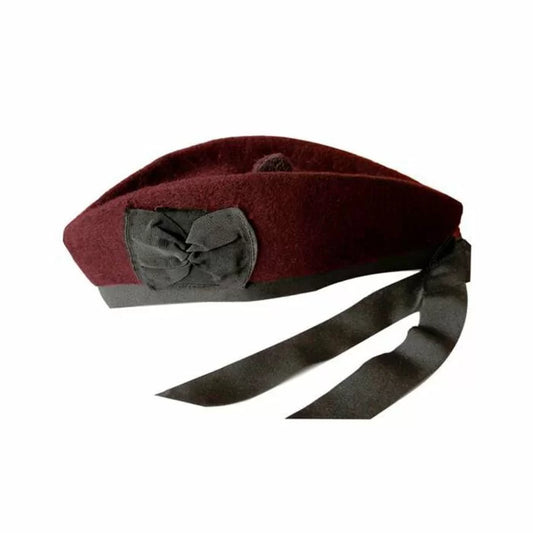 Sale
SaleMaroon Glengarry Hat
Regular price $55.00 CADRegular priceUnit price / per$110.00 CADSale price $55.00 CADSale -
Irish National Glengarry Hat
Regular price $55.00 CADRegular priceUnit price / per$110.00 CADSale price $55.00 CADSale -
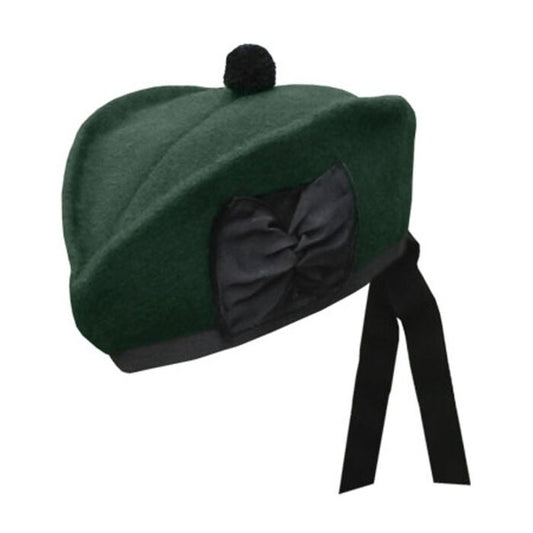 Sale
SaleGreen Glengarry Hat
Regular price $55.00 CADRegular priceUnit price / per$110.00 CADSale price $55.00 CADSale -
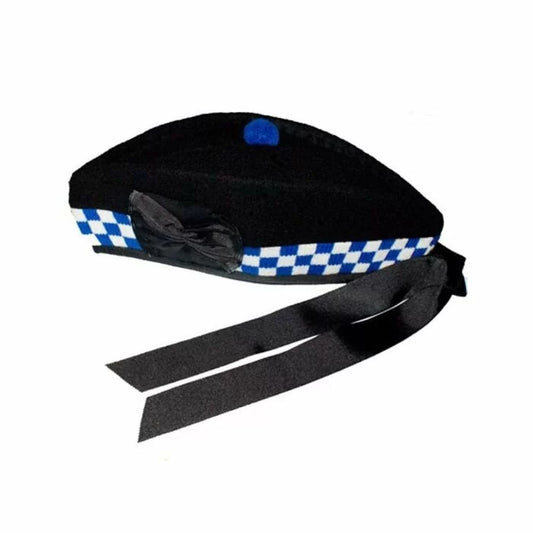 Sale
SaleGlengarry Kilt Hat
Regular price $55.00 CADRegular priceUnit price / per$110.00 CADSale price $55.00 CADSale -
Glengarry Hat Sky Blue
Regular price $55.00 CADRegular priceUnit price / per$110.00 CADSale price $55.00 CADSale -
Glengarry Hat Royal Blue
Regular price $55.00 CADRegular priceUnit price / per$110.00 CADSale price $55.00 CADSale -
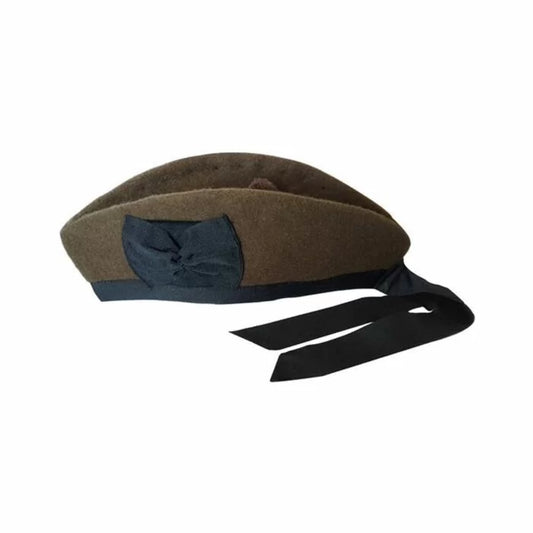 Sale
SaleGlengarry Hat Brown
Regular price $55.00 CADRegular priceUnit price / per$110.00 CADSale price $55.00 CADSale -
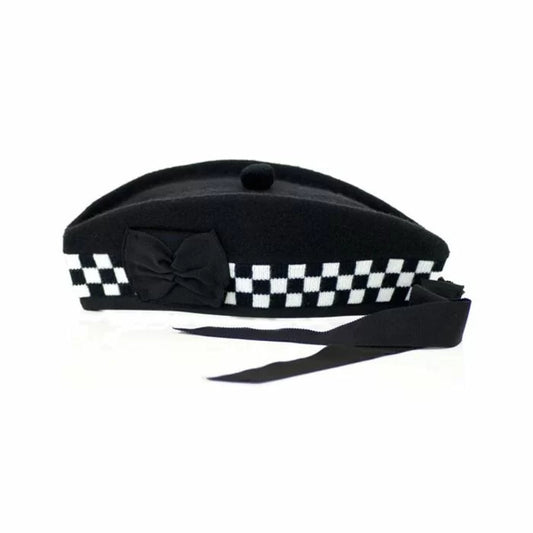 Sale
SaleGlengarry Hat
Regular price $55.00 CADRegular priceUnit price / per$110.00 CADSale price $55.00 CADSale -
Glengarry Bagpipe Hat
Regular price $55.00 CADRegular priceUnit price / per$110.00 CADSale price $55.00 CADSale -
Black Watch Tam O Shanter Hat - Tam Hat
Regular price $55.00 CADRegular priceUnit price / per$110.00 CADSale price $55.00 CADSale -
Black Watch Glengarry Hat
Regular price $55.00 CADRegular priceUnit price / per$110.00 CADSale price $55.00 CADSale -
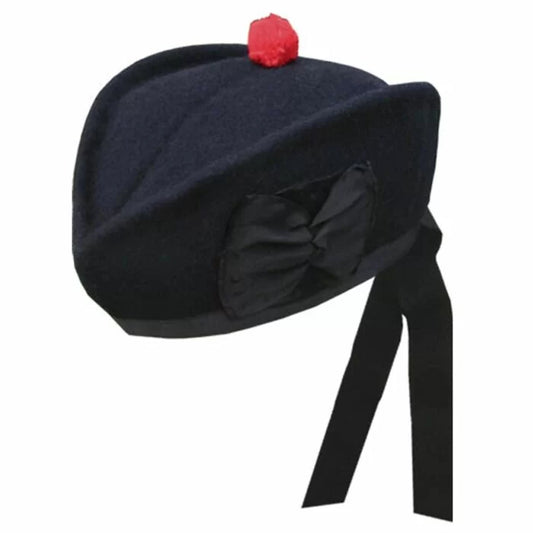 Sale
SaleBlack Glengarry Hat
Regular price $55.00 CADRegular priceUnit price / per$110.00 CADSale price $55.00 CADSale
Collection: Scottish hats
Scottish Hats: A Touch of Tradition and Style
Introduction: Scottish hats are iconic accessories that add a touch of tradition and style to Scottish Highland dress. From the distinctive Tam o' Shanter to the practical Balmoral bonnet, these hats have deep-rooted cultural significance and are integral components of Scottish attire. In this guide, we'll explore the origins, features, types, significance, and styling tips for Scottish hats.
Origins and Evolution: The origins of Scottish hats can be traced back centuries to the traditional headwear worn by Highlanders in Scotland. These hats were not only practical for protecting against the elements but also served as symbols of social status, clan affiliation, and cultural identity. Over time, Scottish hats have evolved in design and style to reflect changing fashion trends and preferences.
Features of Scottish Hats:
-
Materials: Scottish hats are typically made from wool, tweed, or other sturdy fabrics that provide warmth and durability. Some hats may also incorporate decorative elements such as feathers, ribbons, or clan badges for added flair.
-
Designs: Scottish hats come in various designs and styles, each with its own unique characteristics and cultural significance. Common styles include the Tam o' Shanter, Balmoral bonnet, Glengarry, and Deerstalker, each with distinct shapes, brims, and embellishments.
-
Embellishments: Many Scottish hats feature decorative embellishments that add to their visual appeal and symbolism. These may include clan crests, tartan ribbons, thistle motifs, or feathers, which are often chosen to reflect personal or clan associations.
Types of Scottish Hats:
-
Tam o' Shanter: The Tam o' Shanter is a traditional Scottish bonnet with a flat crown and a pom-pom or tassel on top. It is typically made of wool and is often worn tilted to one side for a jaunty look.
-
Balmoral Bonnet: The Balmoral bonnet is a military-style hat with a floppy crown and a ribbed or knitted band around the base. It is often worn by members of Scottish regiments and is associated with formal Highland dress.
-
Glengarry: The Glengarry is a traditional Scottish cap with a stiff, folded brim and a tall, tapered crown. It is often adorned with a clan badge or regimental insignia and is commonly worn as part of formal Highland attire.
-
Deerstalker: The Deerstalker is a hunting hat with earflaps that can be tied up or down to protect against cold weather. It is famously associated with Sherlock Holmes and is often worn for outdoor activities such as shooting or hiking.
Significance and Cultural Impact: Scottish hats hold cultural significance in Scottish heritage and identity:
-
Symbol of Tradition: Scottish hats are symbols of tradition and heritage, representing the rich history and cultural heritage of Scotland. They evoke images of rugged landscapes, ancient clans, and centuries-old traditions.
-
Expression of Identity: Scottish hats allow wearers to express their Scottish identity and pride, whether through clan associations, military service, or personal fashion choices. They serve as visible symbols of belonging and allegiance to Scottish culture and tradition.
Styling Tips for Scottish Hats:
-
Formal Occasions: Pair a Balmoral bonnet or Glengarry with a formal kilt ensemble for weddings, ceilidhs, or other special events. Choose a hat that complements the colors and patterns of your tartan for a cohesive look.
-
Casual Wear: Opt for a Tam o' Shanter or Deerstalker for casual outings or outdoor activities. Pair it with a cozy sweater, jeans, and sturdy boots for a relaxed yet stylish ensemble that pays homage to Scottish heritage.
Conclusion: Scottish hats are more than just accessories; they are symbols of tradition, identity, and pride. Whether worn for formal occasions, casual outings, or outdoor adventures, Scottish hats embody the timeless allure and cultural richness of Scotland's heritage. With their distinctive designs, materials, and embellishments, Scottish hats continue to captivate wearers and enthusiasts around the world, forging connections to the storied past and vibrant present of Scottish culture and tradition.

